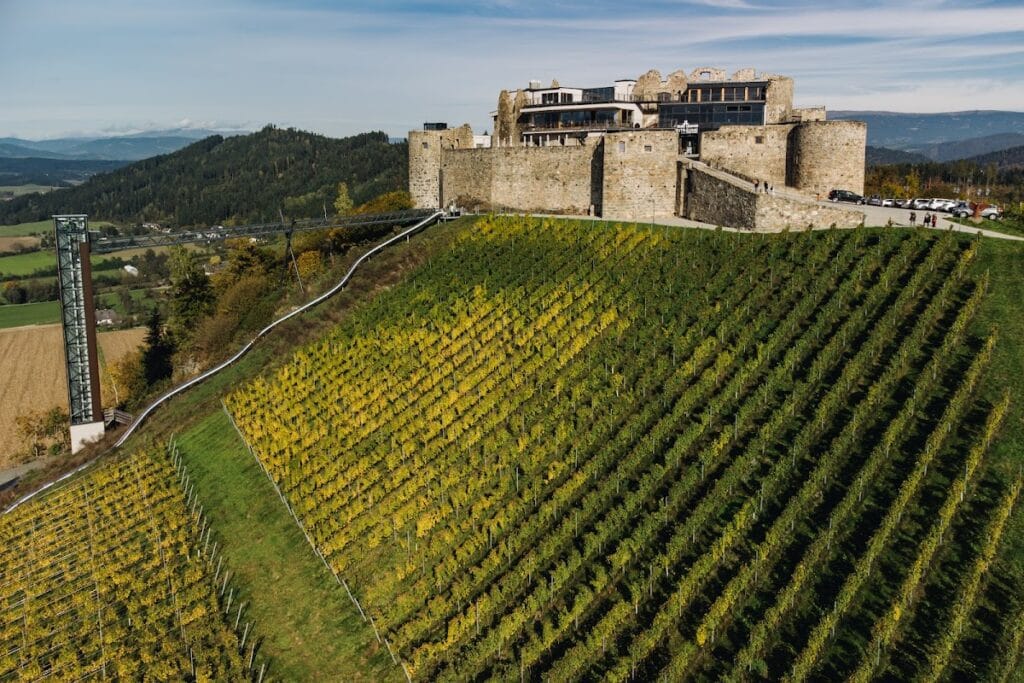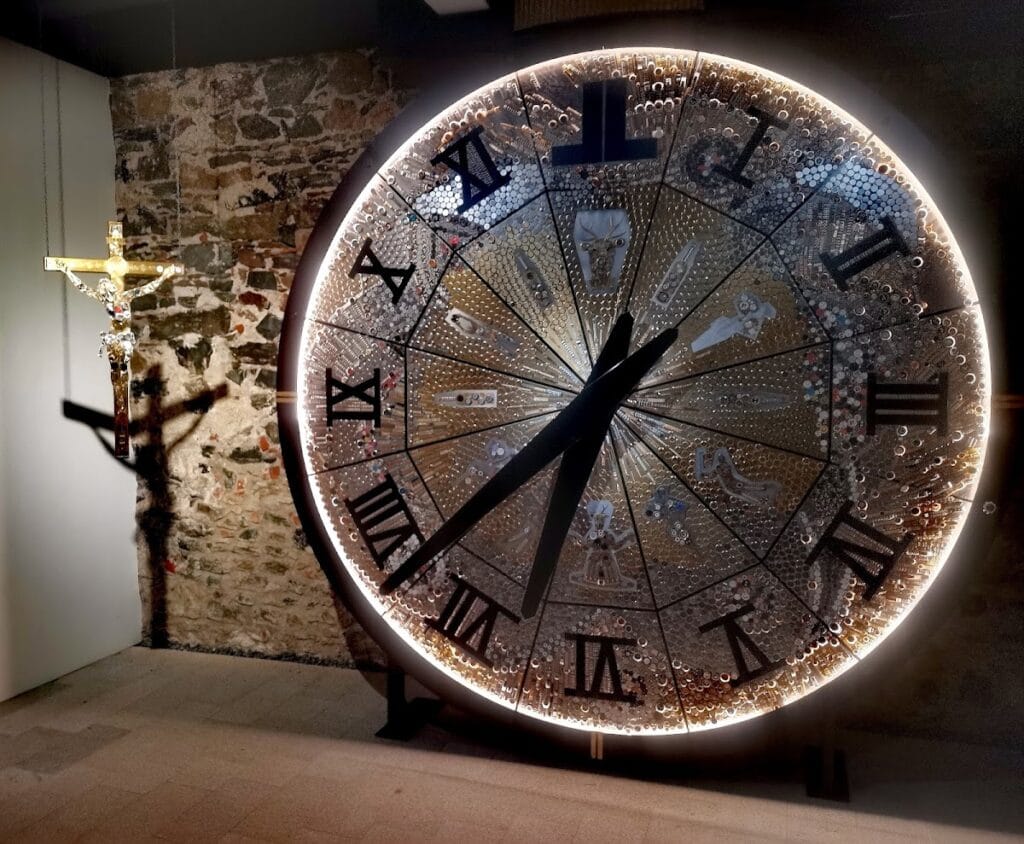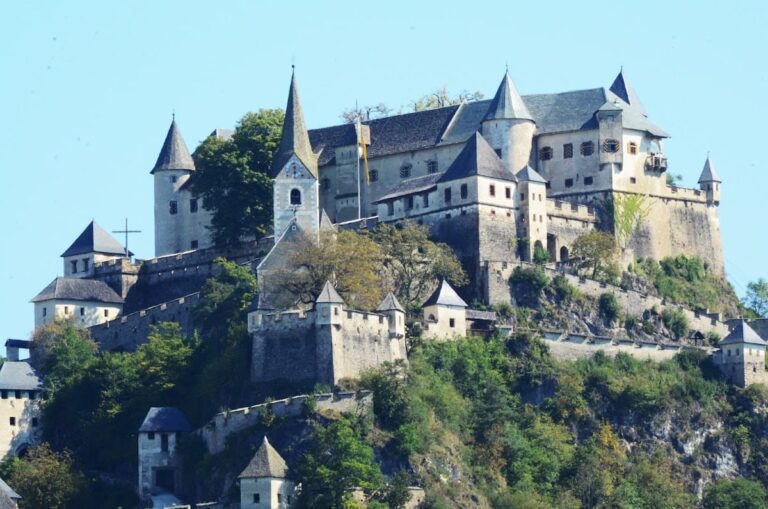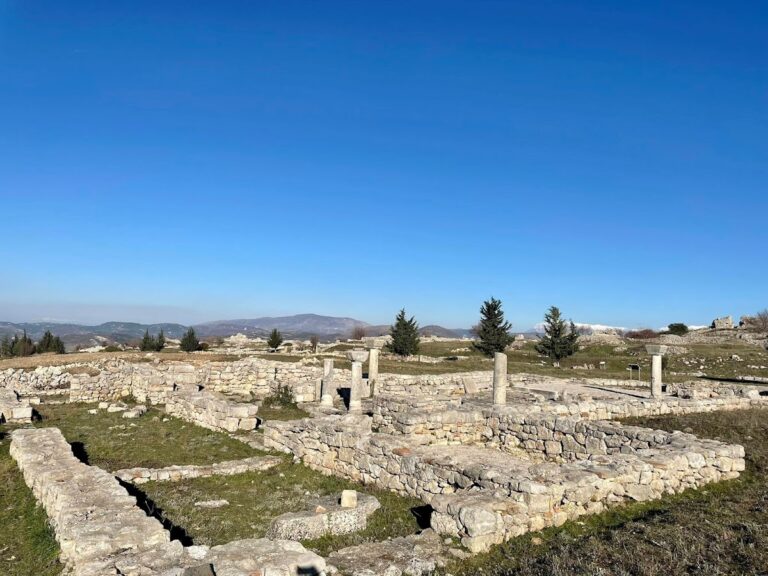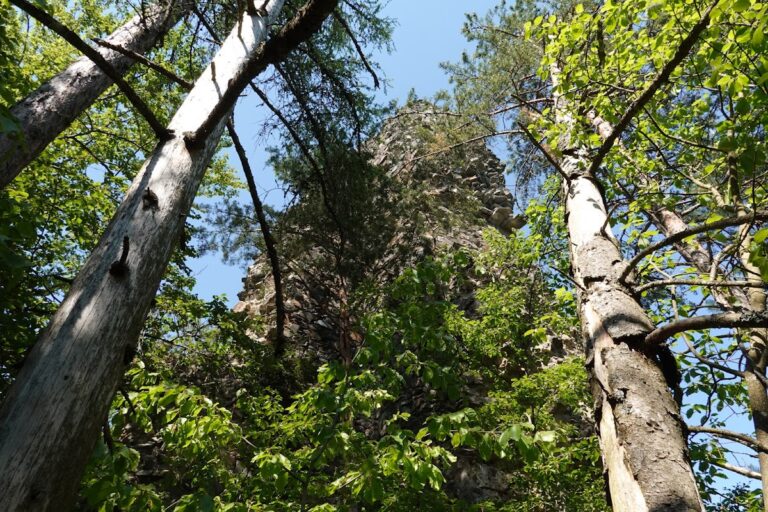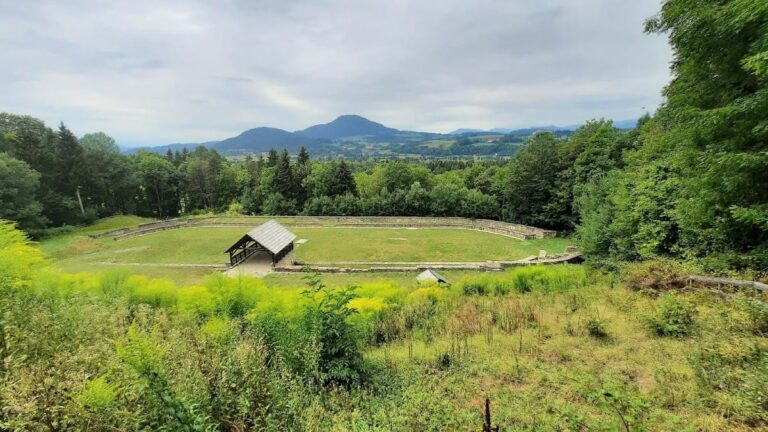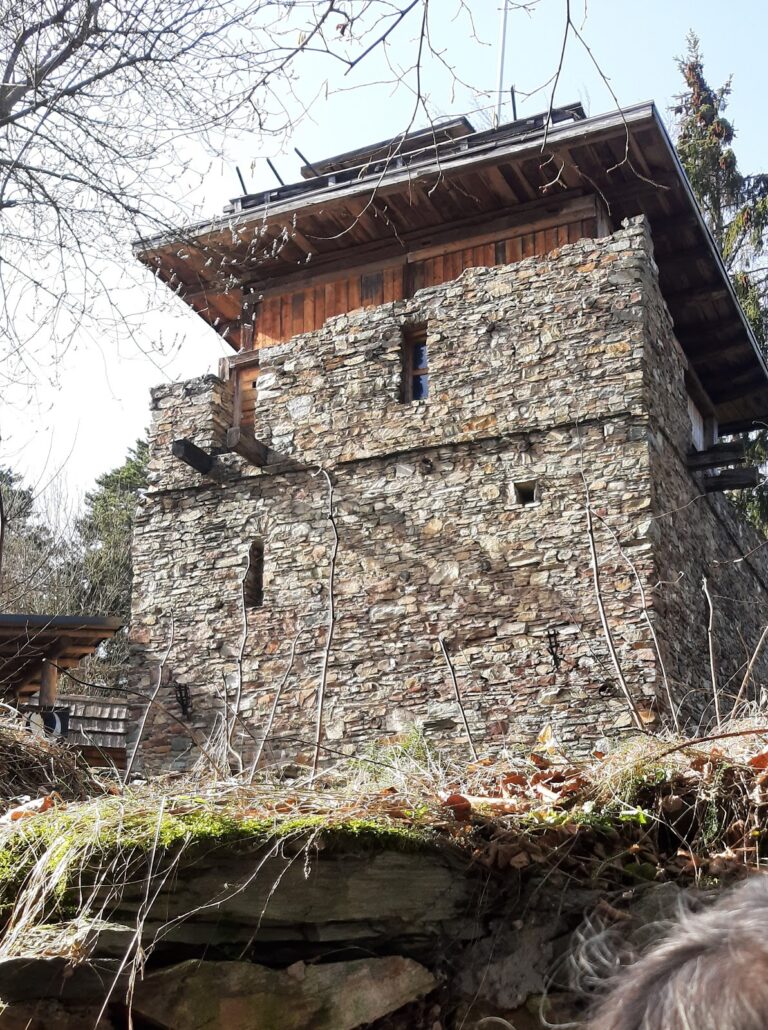Burgruine Taggenbrunn: A Historic Hilltop Castle in Austria
Visitor Information
Google Rating: 4.2
Popularity: Low
Google Maps: View on Google Maps
Official Website: taggenbrunn.at
Country: Austria
Civilization: Medieval European
Remains: Military
History
Burgruine Taggenbrunn is a hilltop castle ruin situated within the municipality of Sankt Georgen am Längsee in Austria. This site originated as a Celtic-Roman fortified settlement dating back to the 6th century BCE before later developments transformed it into a medieval castle.
The earliest castle was constructed in the first third of the 12th century by Tagenus von Pongau, who acted on behalf of the Archbishopric of Salzburg. The site was first documented in 1142 under the name Rahuinus de Takkenbrunnen, and by 1157 it was explicitly referenced as a castle, known as Castrum Takenbrunne. This early fortress played a role in regional power struggles and was destroyed in 1258 during a conflict between Philipp von Spanheim and Bishop Ulrich von Seckau. The destruction prompted intervention from Duke Ulrich III of Carinthia, and the castle was subsequently rebuilt in 1268.
In the late 13th and early 14th centuries, Taggenbrunn saw further political significance. During Ulrich von Heunburg’s 1292 uprising against Dukes Albrecht I and Meinhard of Carinthia, the son of Duke Ludwig was briefly held captive at the castle by Archbishop Konrad IV of Salzburg. Later, in 1308, Otto von Liechtenstein-Murau was appointed governor of Carinthia and chose Taggenbrunn as his residence, from which he administered the region.
The castle’s military importance continued into the late 15th century. In 1479, Archbishop Leonhard von Keutschach allowed Hungarian allies to occupy the fortress during their conflict against Emperor Frederick III. This alliance led imperial troops to destroy Taggenbrunn. Following this event, the castle remained under imperial control until 1494, when Emperor Maximilian I restored it to the Archbishopric of Salzburg.
Between 1497 and 1503, Archbishop Leonhard von Keutschach oversaw substantial expansion and modernization of the fortress. During this period, Taggenbrunn was transformed into a more advanced fortress configuration, with supplementary buildings erected nearby. Caretakers and officials of Salzburg continued to live at Taggenbrunn until 1692. By the late 18th century, specifically 1796, the castle had fallen into ruin. The secularization of Salzburg in 1803 led to Taggenbrunn becoming Austrian state property. In 1858 it was sold to private owners, exchanging hands multiple times over the following centuries before its acquisition by Alfred Riedl in 2011.
Since 2011, efforts have been made to restore the castle and surrounding buildings. This includes rehabilitating a tasting house opened in 2015 and developing vineyards in the nearby area. More recently, the restored castle hall has served as a cultural venue hosting music festivals and exhibitions, including a multimedia project addressing ecological concerns initiated in 2021.
Remains
Burgruine Taggenbrunn is positioned atop a hill and incorporates structures built upon the remains of an ancient Celtic-Roman fortified site dating back to the 6th century BCE. This continuity reveals a long history of strategic occupation extending over two millennia.
The present visible remains include the fortress as substantially rebuilt and expanded between 1497 and 1503 by Archbishop Leonhard von Keutschach. This reconstruction transformed Taggenbrunn into a modern fortification of its time, reflecting advancements in defensive architecture. Although the detailed layout of the castle’s original sections is not specified, the preservation of several auxiliary buildings offers insights into the site’s historical function.
Adjacent to the castle, a granary, a caretaker’s house, and a supply house still stand in their original architectural styles. The granary is particularly noteworthy for its size and preservation—remarkably, it retains its heavy slate roof, which rests upon the original wooden roof structure. This feature is rare in the region and underscores the granary’s historical importance for storage and supply management.
Within the renovated castle, spaces have been adapted to house exhibition rooms connected to a watch shop and a bistro, integrating modern uses within the historic fabric. Additionally, the castle hall has undergone restoration, making it suitable for cultural events and community gatherings, preserving a vital interior space for public use.
While no detailed descriptions of mosaics, gates, staircases, or inscriptions have been recorded, the surviving buildings and renovated interior underscore the site’s layered architectural history. The enduring structures demonstrate a trajectory from ancient fortification through medieval castle to modern cultural venue, all the while preserving tangible elements from each significant phase.
